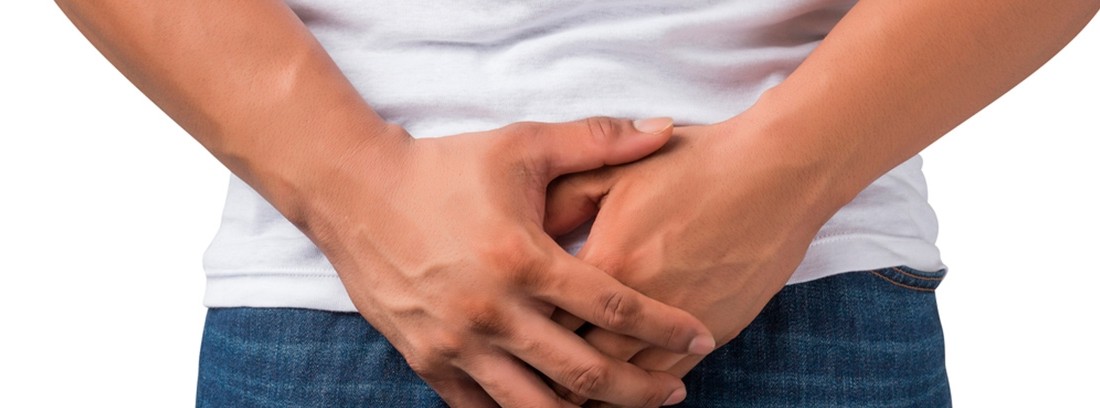The Testicles: Anatomy and Function in the Male Reproductive System

Testicular self-examination in men is a simple maneuver that, correctly oriented, can give us a lot of information regarding testicular well-being or discomfort. It should therefore become as frequent and effective a practice for men as breast self-examination is for women.
Testicular cancer screening
Testicular cancer constitutes approximately 1% of all tumors in men. The incidence of it, in its different variants, is quite low in our environment: the appearance of new cases is estimated at 1.9 per 100,000 inhabitants per year; very far from the 50.9 cases per 100,000 inhabitants per year of female breast cancer.
It should be noted that it mainly affects white Caucasian people from central and northern Europe, its incidence being minimal in black men or Asians in general. It mainly affects young people between the ages of 15 and 35, and rarely (only 10% of cases) those over 50 years of age.
The possible findings that derive from a bilateral testicular self-examination can be many, the vast majority of them benign. However, given the easy accessibility as well as the aforementioned simplicity of this maneuver, its profitability becomes maximum also for man.
Testicular anatomy
To begin with, it is important to briefly clarify some concepts about the anatomy and physiology of the testicle and the scrotal bag, to avoid misinterpretation in the examination, as well as unnecessary alarms.
The testicles are located below and on both sides of the penis and are housed in the scrotal bag, made up of skin and several other layers of protection, between which there is muscle tissue, which causes the bag to wrinkle or relax, leaving more exposed or else collected to the testicles.
The presence of specific pathologies of the scrotal skin is frequent, in the form of small fatty cysts, varicose veins or angiomas (also called cravings) that, although they should be consulted with the specialist for possible treatment, should not be cause for alarm, since their Presence has nothing to do with actual testicular problems.
Exploration
With regard to the testicles, we must explore them both, one after the other with both hands at the same time, and preferably with the scrotal bag relaxed, which greatly facilitates self-examination. The testicle is ovoid in shape, smooth in surface, fairly consistent, and slides easily into the scrotal sac. It is necessary to surround it completely to get to explore its entire surface. This part of the maneuver should never be painful under normal conditions.
Usually the testicles, in the healthy male, are practically equal in size and consistency. The left testicle is usually housed in the scrotal sac a little lower than the right, although it is only very evident in men with a wide scrotal sac and thin skin, which allows the testicles to hang more freely. However, this finding is absolutely normal.
The posterior part of the testicle is much more complex, as it contains a pigtail-like structure called the epididymis, which serves to release and promote the maturation of the spermatozoa and which, on occasions, is prominent as well as very sensitive to the palpation. This structure of the testis is completely normal, sometimes it is a new accidental finding in very sporadic self-examinations, but in no case is it a tumor finding.
The epididymis continues upwards, towards the groin, through the vas deferens, which is accompanied by arteries, veins, nerves, etc., all surrounded by a muscular layer, which together constitute what we call the spermatic cord. This structure is responsible for the testicles to rise and fall at certain times of the day naturally, with heat or cold, with relaxation or nervousness, etc.
When to see the specialist
In testicular self-examination, there are a series of findings of the scrotal content that it is important to consider, such as the appearance of painless global increases of either permanent or intermittent, the appearance of non-painful lumps or nodules in the testicles or in neighboring structures, which also They can be permanent or intermittent and, in general, the appearance of any change in the shape, size or consistency of any of the testicles.
These findings should always be consulted and evaluated by the specialist doctor, in this case the urologist who, through a careful examination and simple tests (a scrotal ultrasound and some blood tests - looking for tumor markers when necessary -), can diagnose the causal process quickly, but above all distinguish benign pathologies, which are subject to conservative or delayed surgical treatments, from malignant pathologies, that is, testicular cancer that requires a rapid, practically urgent surgical approach.
What if it hurts?
On many other occasions, testicular exploratory findings are painful, appearing in addition to the enlargement, swelling or redness of any of the testicles, a feeling of heaviness in the scrotum or pain in the lower abdomen or in one of the groins. Usually the latter are not findings of tumor pathology, but rather of urinary or genital infectious processes, but nevertheless they must also be evaluated by the specialist, through the tests already mentioned or other specific ones, and treated in a timely manner until complete cure.
What you should know
- Incidence: Testicular cancer constitutes approximately 1% of all tumors in men.
- It affects: young people of Caucasian white race from central and northern Europe, between 15 and 35 years old, and rarely (only 10% of cases) those who are over 50 years old.
- Self-examination: explore both, one after the other, with both hands at the same time and preferably with the scrotal bag relaxed, which makes self-examination much easier.
(Updated at Apr 15 / 2024)